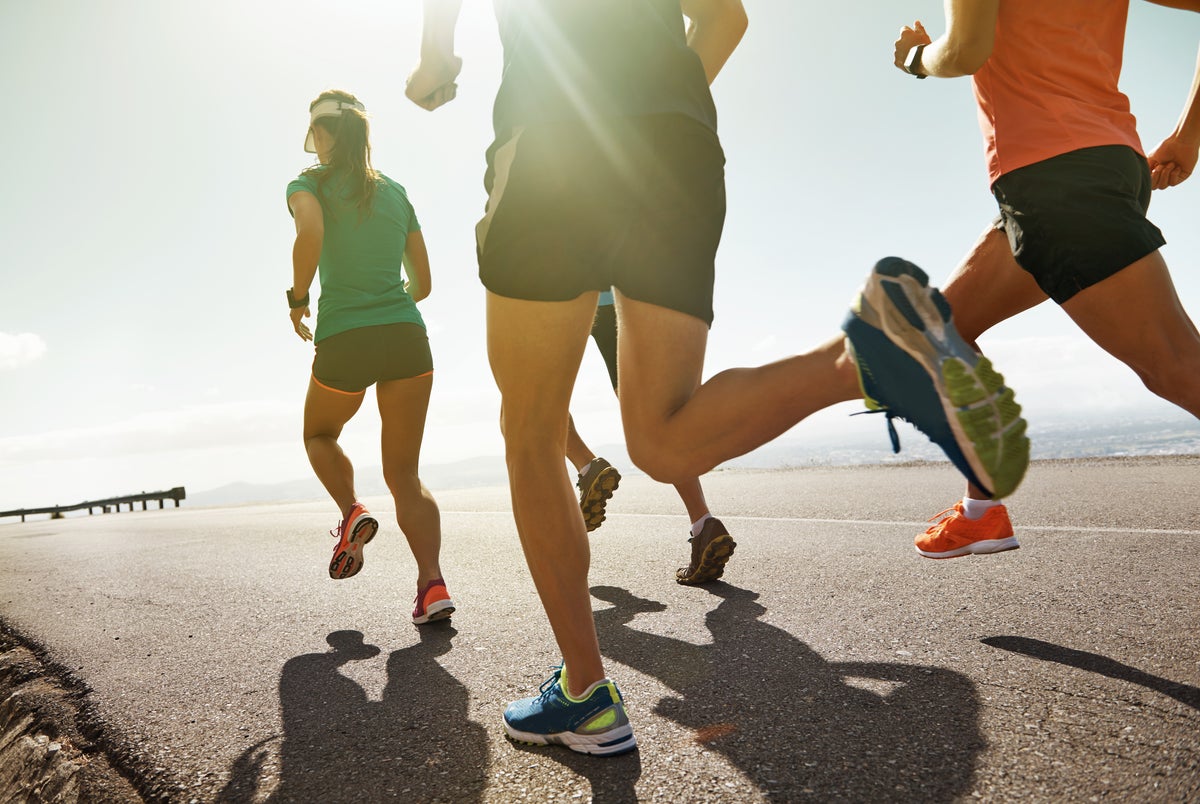A new study has shown how a simple exercise could predict natural and cardiovascular causes of death.
Researchers wanted to see whether non-aerobic physical fitness, assessed by a sitting-rising test, could predict premature deaths in middle-aged and older people, and on Wednesday, their results were published in the European Journal of Preventive Cardiology.
They tested the theory on 4,282 adults aged 46-75 years from 1998 to 2023. Most of the participants, 68 percent, were men. “None of them presented relevant physical or clinical limitations for fitness testing,” researchers said.
All of the participants performed a sitting-rising test to evaluate the main components of non-aerobic physical fitness, which are muscle strength/power, flexibility, balance and body composition.
The test was simple, yet not necessarily easy. Participants had to sit and rise from the floor without other body parts such as hands, elbows or knees touching the floor.
Their instructions were as follows: “’Without worrying about the speed of movement, try to sit and then rise from the floor, using the minimum support that you believe is needed,’” the study’s authors wrote.
If participants used any extremities for support, they’d lose points. They also needed to steady themselves as a perceived partial loss of balance would knock down their score.
Researchers found that non-aerobic physical fitness “was a significant predictor” of natural and cardiovascular mortality in the participants.
After following up with patients about 12 years later, researchers found there were 665 deaths due to natural causes.
Those who scored a perfect 10 points on the sitting-rising test had death rates of 3.7 percent. Death rates tripled to 11.1 percent for people with a score of 8 points and “dramatically increased” by 42.1 percent for those with a score of 0 to 4 points, according to researchers.
The study was done at a private clinic in Rio de Janeiro, Brazil, and most of the participants “belonged to upper socioeconomic and education strata of the country.”
Researchers were also unable to control past or current levels of physical activity and exercise.
